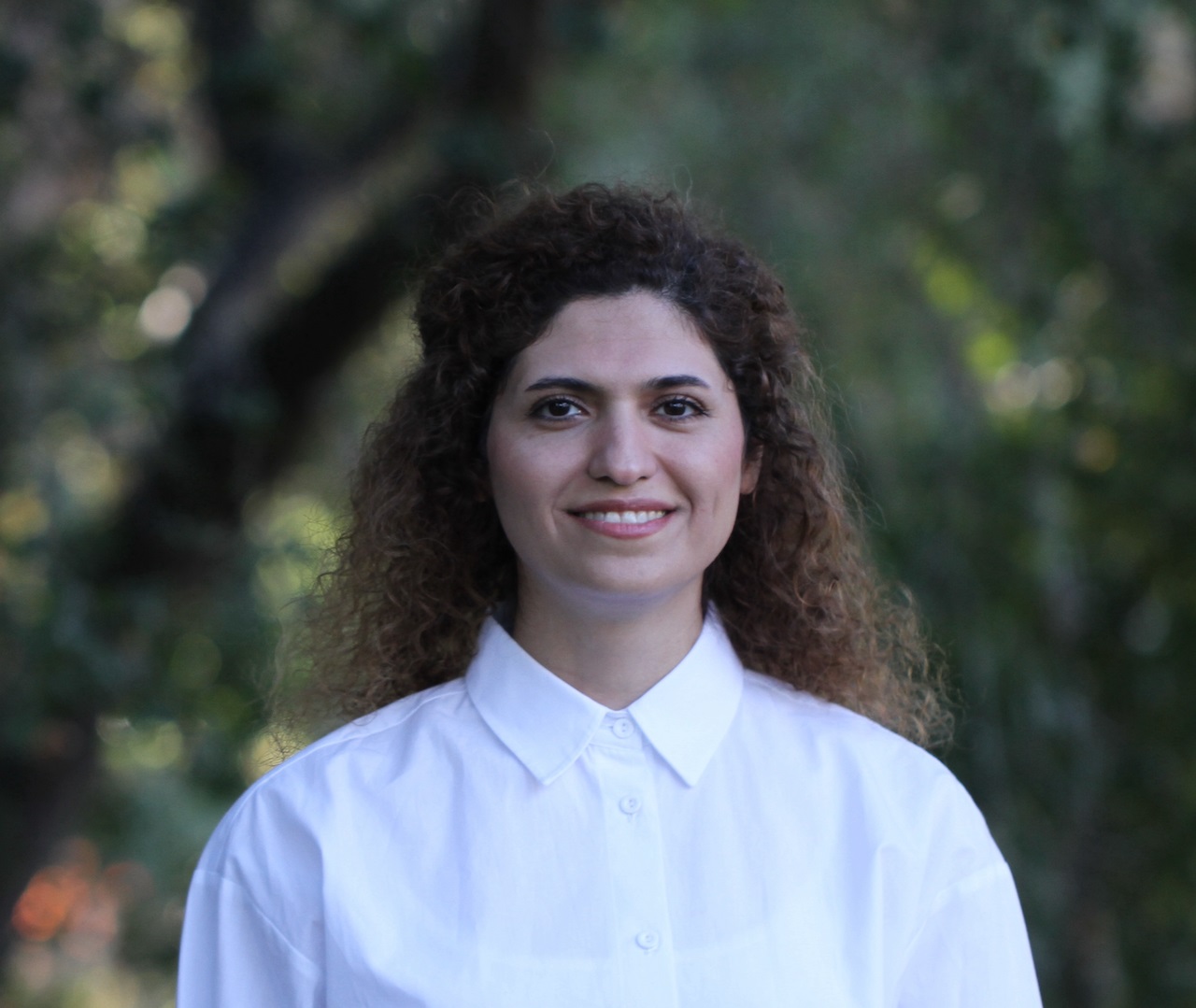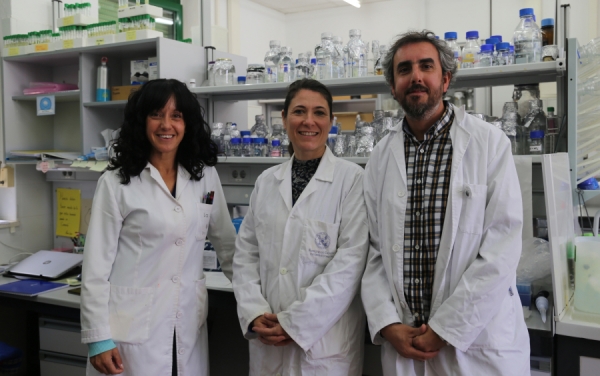Hydrogen is set to become one of the fuels of the future, so researchers are striving to make it as sustainable and green as possible. Hydrogen production using algae and bacteria consortia is a strategy that averts the use of fossil fuels or the electrolysis of water using energy, which are the current ways this fuel is produced. Within this approach, guided by the principles of the Circular Economy, the question is: what is the most effective combination of algae and bacteria?
The BIO128 research group at the University of Córdoba has been looking for these relationships of mutualism where algae and bacteria benefit from their union, resulting in a combination of hydrogen and biomass production while cleaning the wastewater where they grow.
Now they have discovered the relationship between a combination of an algae and three bacteria that, when working together, are able to produce hydrogen and to grow together, producing biomass that can then be recovered and, at the same time, that cleans the wastewater in which they grow. This winning combination is composed of the Chlamydomonas reinhardtiialga model and the three bacteria Microbacterium forte sp. nov., Bacilluscereusand Stenotrophomonas goyi sp. nov., and the production of hydrogen obtained is the highest reported for any combination of algae and bacteria.
 The M. forte bacterium helps the Chlamydomonas alga generate hydrogen. With the inclusion of the other two bacteria in the combination, while hydrogen is generated, both the bacteria and the algae grow, thus producing the biomass, which can then be recovered as a fuel or energy source. "This consortium is better because it is more lasting; you can grow it and obtain hydrogen and biomass for a long time, unlike other consortia," explains researcher David González. "We also discovered that Microbacterium forte and Stenotrophomonas goyi need vitamins (biotin and thiamine) and reduced sources of sulfur to grow, and what Chlamydomonas surely does is provide them with those nutrients that bacteria need to grow." Thus, the bacteria benefit from the relationship with the alga to grow, offering it the CO2 and acetic acid that the alga requires to grow and produce hydrogen.
The M. forte bacterium helps the Chlamydomonas alga generate hydrogen. With the inclusion of the other two bacteria in the combination, while hydrogen is generated, both the bacteria and the algae grow, thus producing the biomass, which can then be recovered as a fuel or energy source. "This consortium is better because it is more lasting; you can grow it and obtain hydrogen and biomass for a long time, unlike other consortia," explains researcher David González. "We also discovered that Microbacterium forte and Stenotrophomonas goyi need vitamins (biotin and thiamine) and reduced sources of sulfur to grow, and what Chlamydomonas surely does is provide them with those nutrients that bacteria need to grow." Thus, the bacteria benefit from the relationship with the alga to grow, offering it the CO2 and acetic acid that the alga requires to grow and produce hydrogen.
In this win-win relationship, water and the environment also win. These consortia are grown in wastewater, using that waste to grow and completing water bioremediation tasks. This specific consortium has been tested in synthetic wastewater mimicking lactic residues including, for example, lactose. As another author, Neda Fakhimi, points out, "our approach also harnesses the potential of using waste materials as a source of nutrients, thereby facilitating renewable and sustainable biohydrogen production. With the advantage that this consortium has a hydrogen production approximately ten times greater than that of the previous ones"
The result of accidental contamination in the laboratory
"This consortium came about thanks to a fortuitous contamination of a Chlamydomonas culture in the laboratory, which led to the discovery and sequencing of the genome of two new bacteria: Microbacterium forte and Stenotrophomonas goyi," says researcher Alexandra Dubini, also an author of the work. "We realized that the contaminated culture produced more hydrogen than those that were not, and from there we followed up and saw that there were three bacteria," continues David González.
Therefore, in addition to the progress in the search for biological and sustainable methods to produce green hydrogen, this work also yields the genomes of these two newly discovered bacteria.
References
Fakhimi N, Torres MJ, Fernández E, Galván A, Dubini A, González-Ballester D. Chlamydomonas reinhardtii and Microbacterium forte sp. nov., a mutualistic association that favors sustainable hydrogen production. Sci Total Environ. 2024 Feb 25;913:169559. doi: 10.1016/j.scitotenv.2023.169559


